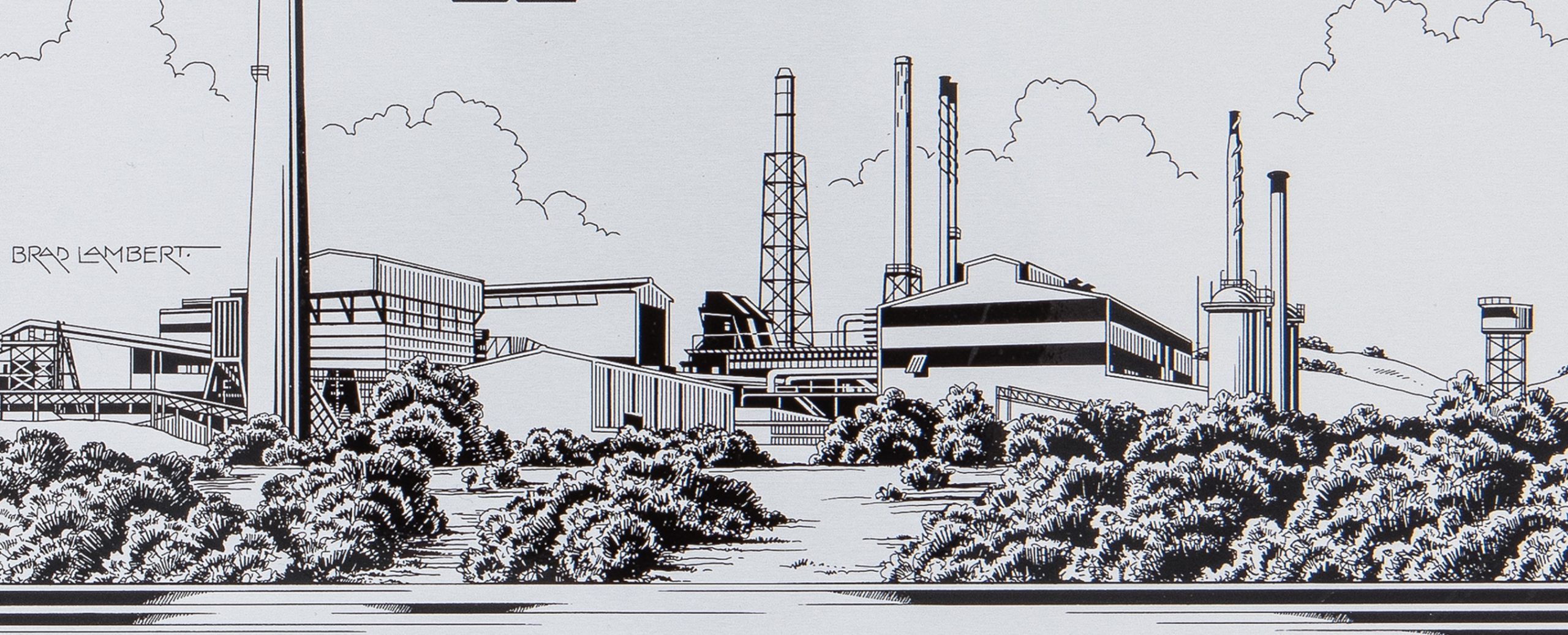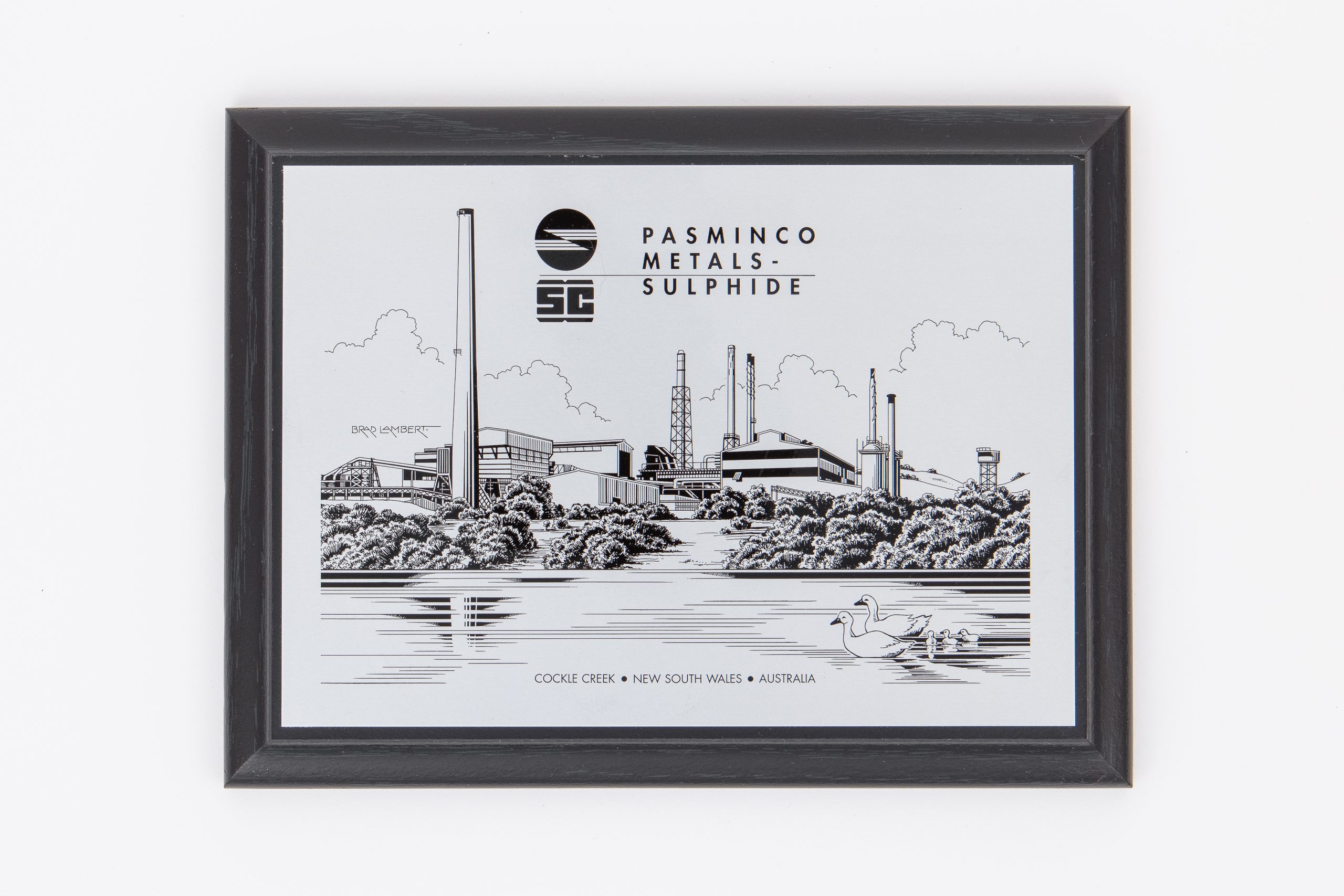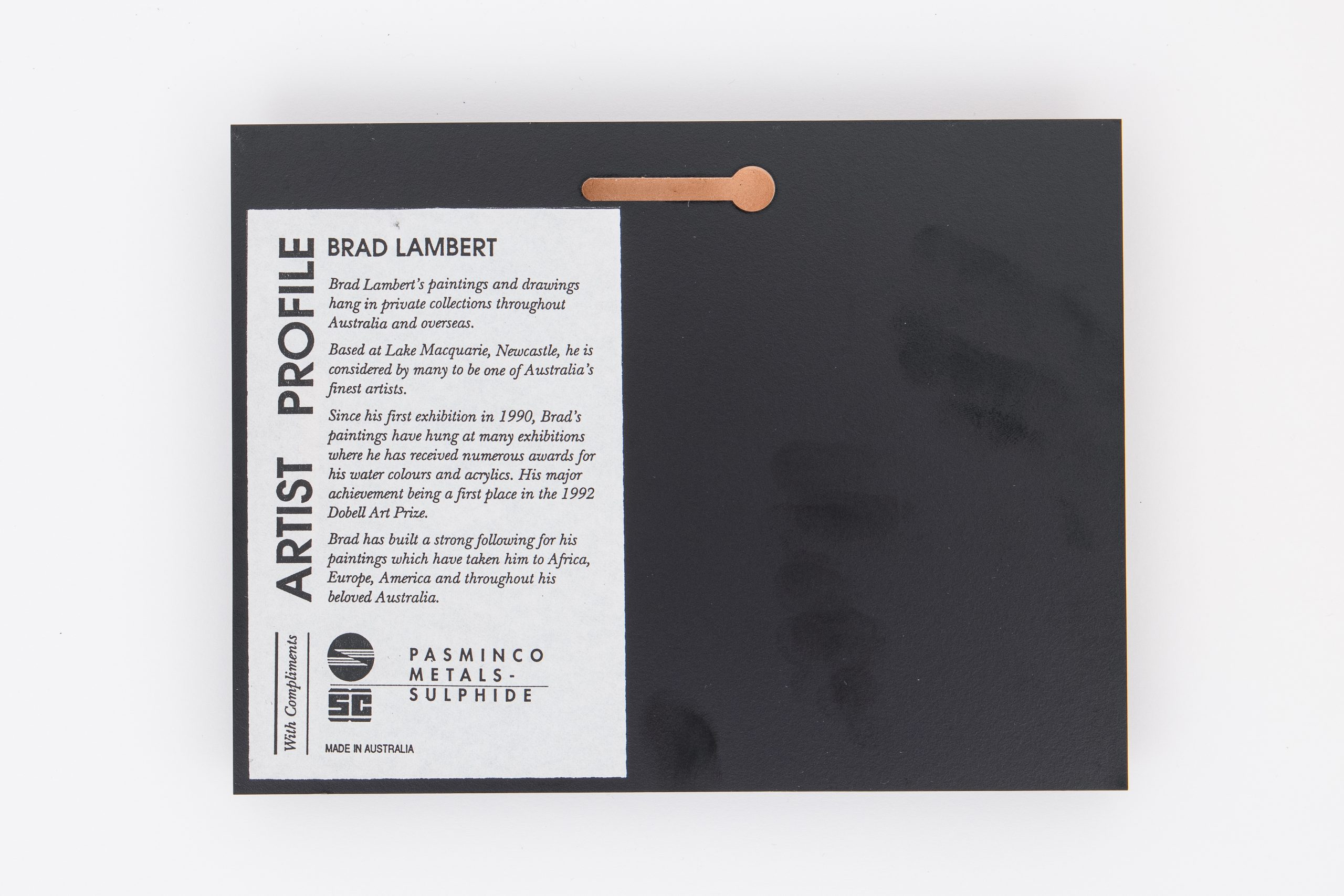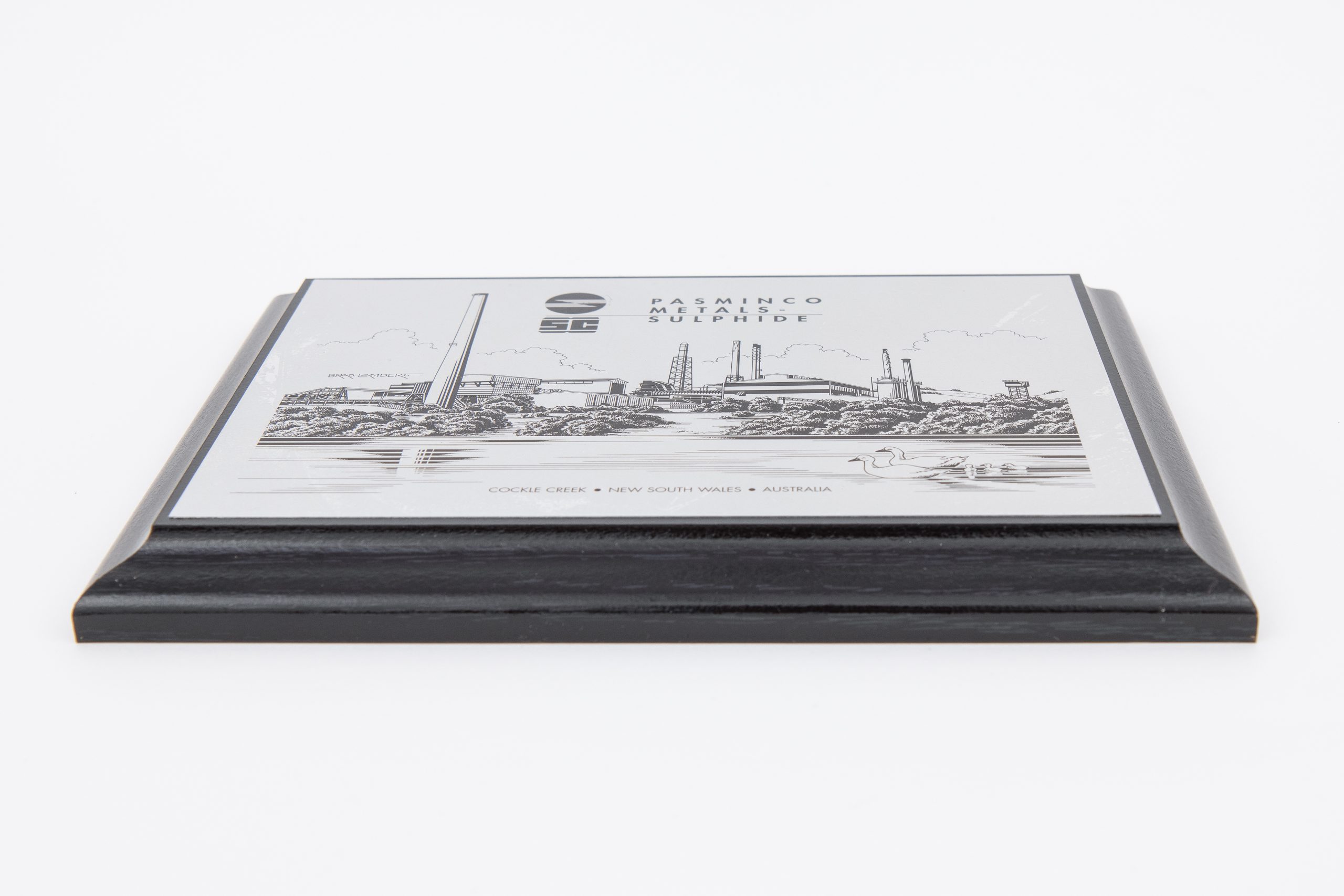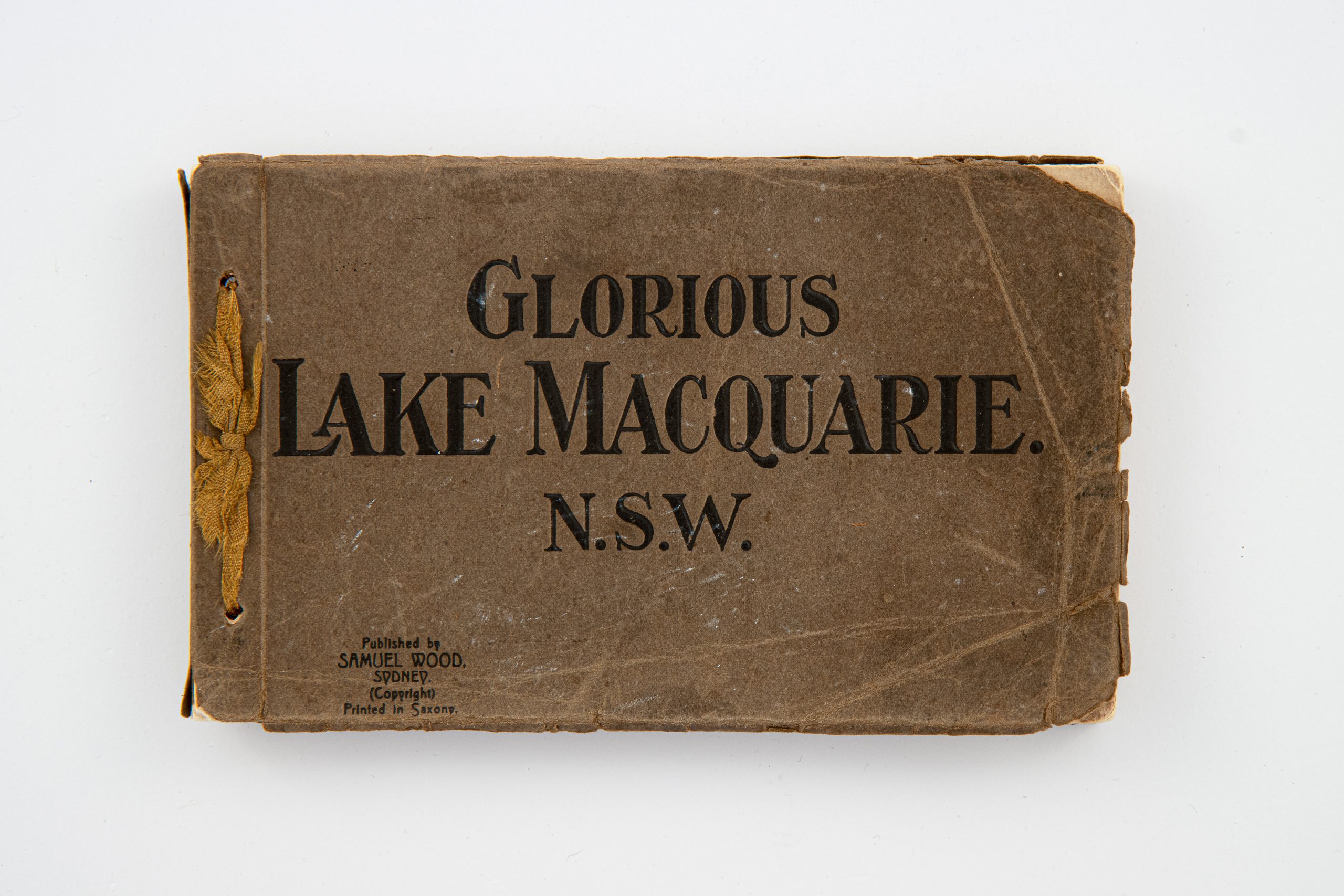She’ll Be Right, Mate
Promoting Cockle Creek Smelter
A clean, orderly, and peaceful facility with smokeless chimneys – it is so picturesque that even a family of ducks float happily nearby.
The Pasminco Smelter, also known as Cockle Creek Smelter or ‘The Sulphide,’ was a zinc and lead smelter covering approximately 190 hectares at the northern end of Lake Macquarie in Boolaroo. Founded in 1896 by the Sulphide Corporation, this plaque, designed by Brad Lambert, depicts the smelter in the 1990s while it was under Pasminco ownership.
Though the plant was an economically significant industrial site in the Hunter region, this image does not speak to the legacy it has left behind.
In September 2001, Pasminco was placed into voluntary administration, with the smelter closing shortly after in September 2003. Over 107 years of operation, 10,000 workers and their families, as well as anyone else living in the surrounding area, had been exposed to dangerous levels of lead pollution.
When it comes to lead levels in the bloodstream, anything above ten parts per million has associated health risks, such as increased blood pressure, abnormal kidney function, and cognitive impairment. Barry Bradley, a 38-year employee of Pasminco Smelter, stated, ‘In the 90s they brought the [blood] lead level down to thirty parts per million. When I first started there anything up to seventy was acceptable.’
In response to the risks, school children in the affected area were being taught by ‘Peli the Pelican’ that personal hygiene was needed to avoid lead poisoning: ‘Wash, wipe, scrape. She’ll be right, mate.’ This enraged local community members who argued the environmental remediation plan didn’t seriously mitigate the dangers to their health, offering quick fixes rather than creating appropriate, long-term safeguards such as covering contaminated soil.
A far cry from clear skies and happy ducks. This plaque now acts as a useful reminder of how corporate images, by design, diminish the social and environmental impact they can have on local communities.


